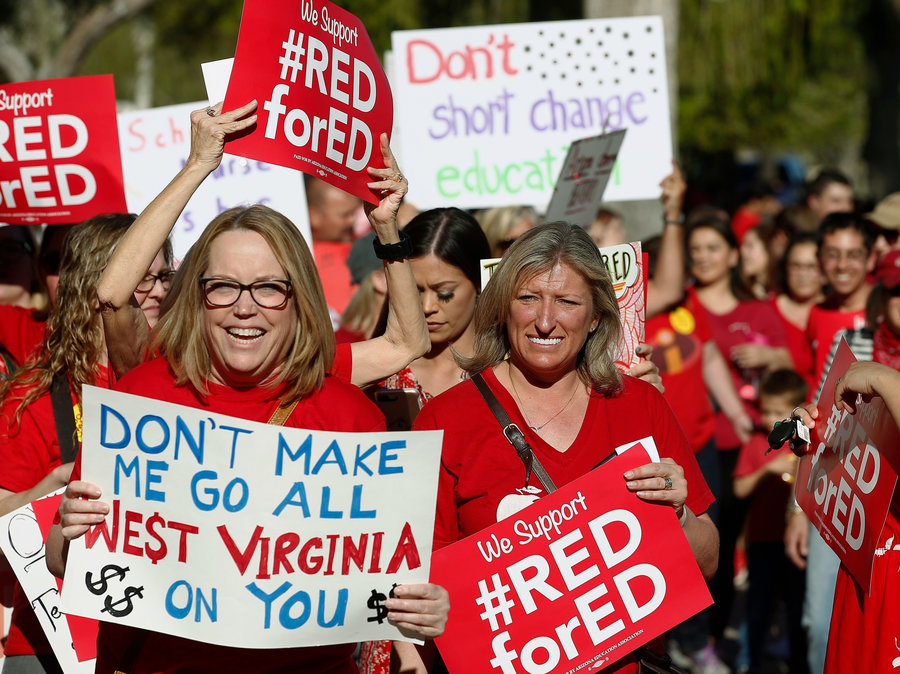Gov. Wolf Tries to Stop Charter Schools Gorging on Public School Funding
Sooey! Here Pig Pig Pig!
No one minds that healthy call at the hog farm when it’s time to feed the sows.
But taxpayers do take issue with it when it’s the call of the state legislature gathering a different kind of swine around public tax dollars.
And Gov. Tom Wolf is refusing to let them continue to gorge on public funding meant to nourish everyone.
Last week, he took executive action to hold these schools accountable and force them to be more transparent – even if the legislature won’t.
Charter schools are publicly financed but privately run. Unlike authentic public schools, charters are often administered by appointed boards. They don’t have to provide the same level of services for children, don’t have to accept all students, can make a profit and don’t even have to be transparent about how they spend their money.
For years fiscal watchdogs have complained that the state’s 22-year-old charter school law needs revising. However, after lining lawmakers pockets with charter school cash, the legislature continually refuses to do anything about it.
A few Democrats have offered plans that would increase accountability, but they’ve gotten no traction. And Republican plans have almost exclusively offered to make CONTINUE READING: Gov. Wolf Tries to Stop Charter Schools Gorging on Public School Funding | gadflyonthewallblog

















